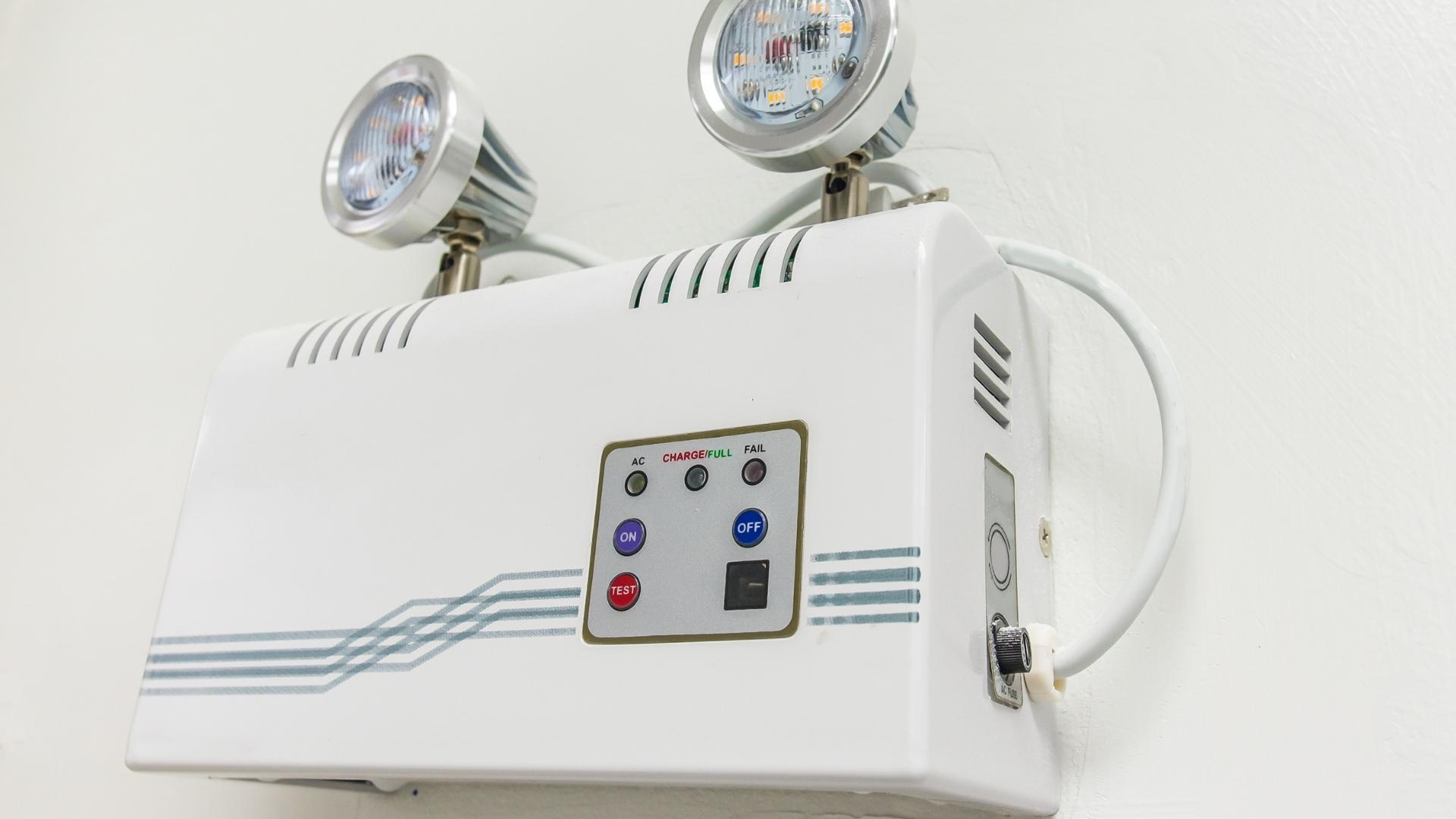Emergency lighting is simple to install and may help keep customers and workers safe in various settings. These lights have their power supply and feature illumination for common areas such as stairs and the conventional fire escape signs seen in many buildings.
Because emergency lights are so important, extra care should be taken to ensure they are correctly installed and maintained regularly. Aside from the obvious safety advantages, these lights are mandated by law. Individuals or businesses who fail to comply with safety regulations by installing appropriate emergency lights may face significant fines and penalties.
Commercial buildings must also include fire escape signs that are powered by a dependable light source. If extra illumination is required, emergency lighting accessories such as light sticks may be used.
How to Install Emergency Lights
Consult an electrician before installing emergency lights to verify that all safety requirements are followed. You may also hire a professional to install the fixtures for you. In any case, be sure to follow the directions that came with the lights.
Remember that an emergency light is linked to a building’s or home’s electrical wiring and is intended to convert to battery power during a power outage or if a breaker is triggered. To prevent electrocution, make sure the home circuit you’re connected to is switched off, and the fuse box is labelled “Do Not Energize” before you begin the installation.
There are two main methods for mounting emergency lights. Before connecting the wire, they will usually be connected (or partly attached). Lights will either require mounting brackets or have holes punched into wall studs for screws.
Installation Tips
- Consider LED emergency lights, which outlast conventional incandescent and halogen lights.
- Plan out escape routes inside your building or house, and strategically install emergency lights to offer the most efficient evacuation pathways. Consider employing a fire prevention firm to provide recommendations based on the architecture of your area and to ensure compliance with OSHA standards.
- Schedule regular inspections with a fire prevention firm to verify that all lighting is functioning and compliant.
Five Tips for Installing Emergency Exit Lights
Allow Enough Light to Evacuate
Visitors will be unable to locate fire exits in the absence of emergency lights. When the lights go out, and smoke fills the rooms, even workers who traverse the hallways every day may get confused and lost. All business facilities, particularly those exposed to the public, need emergency lighting. Hospitals, for example, have a constant stream of visitors, patients, and employees. In the case of a fire or other emergency, all of these individuals must be able to escape securely and calmly.
Follow fire codes and standards.
Emergency Procedures Lighting was designed to enhance visibility in the case of a fire or other emergency. You must obey fire regulations and standards if you own a business facility. A fire protection contractor can assist you in installing illuminated exit signs to enhance the safety of your building.
Have an independent power source?
During an emergency, it is fairly unusual for buildings to lose electricity. As a result, you’ll need to connect emergency exit lights to a separate power supply from the rest of your building. Regardless of whether your building has electricity, people must be able to leave securely. Inquire with your fire protection contractor about possibilities for several battery packs to maximize operating duration and remote capacity.
They create short escape paths.
A fire protection contractor may assist you in installing LED exit signs along predetermined evacuation routes. A university facility, for example, may need evacuation preparations so that students can swiftly leave classes. A fire protection contractor can identify the best locations for emergency exit lights so that building occupants may escape as quickly as possible.
Hire a Fire Protection Company
A fire protection firm can assist you in selecting the finest emergency exit lights for your business building. A contractor will also know how to ensure that your fire prevention system complies with all applicable fire regulations and standards.
Emergency light mounting procedure
If your wall isn’t already wired for the fixture, you’ll need an electrician to run the wiring. You will usually install or partly mount the unit before connecting the wire, depending on the device. The wiring is powered by alternating current (AC) at 120 or 277 volts. This enables the battery to be charged while connected to the building’s power source and then switched to battery power if the building’s electricity goes out.
Emergency lighting is also necessary to guarantee the safety of people with whom you live and work. Accessories like battery backups and emergency light sticks and holders may be added to standard fixtures. Putting time and thought into your specific emergency lighting needs will go a long way toward giving building and homeowners peace of mind.





